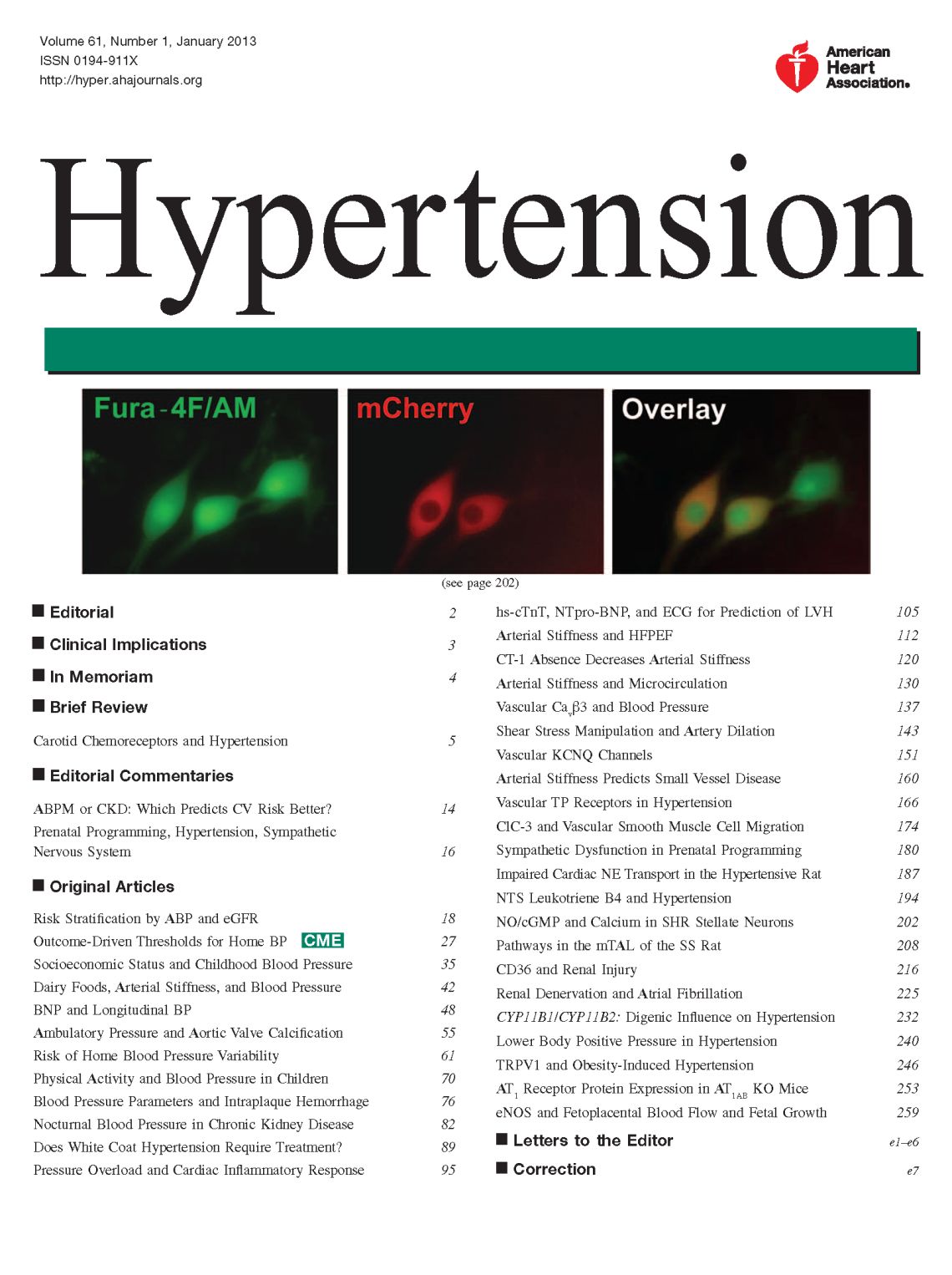
Research groups
Websites
-
BHF
British Heart Foundation
Hypertension Cover

Dan Li
MD. PhD
Associate Professor
Dan Li obtained her Bachelor's and Master's degrees in Medicine in China and later completed her PhD at Chonbuk National University in South Korea in 2003. Afterward, she joined the University of Oxford, Department of Physiology, Anatomy & Genetics as a postdoctoral researcher in Professor David Paterson's lab. Over time, she advanced from a Departmental Lecturer to a University Research Lecturer and was honoured with the title of Associate Professor in 2023.
Dan Li's primary research focuses on how the autonomic nervous system affects heart function in both healthy and diseased states. She developed a primary culture system of sympathetic ganglion neurons, using cellular and molecular approaches to unravel the complexities of various signalling cascades, including those involving calcium, nitric oxide, natriuretic peptide, cAMP, and cGMP, within the cytosol and sub-organelles such as mitochondria and the sarcoplasmic reticulum. To elucidate the impact of these signalling pathways on neuronal and cardiac function, she employs a range of cutting-edge techniques, including genetically encoded fluorescent biosensors and Fluorescence Resonance Energy Transfer (FRET) imaging using fluorescence microscopy.
Furthermore, Dan Li pioneers the use of human induced pluripotent stem cells (iPSCs) to differentiate into sympathetic neurons and cardiac myocytes, employing co-culture systems that faithfully replicate key physiological responses observed in mammalian systems. Her objective is to develop advanced model systems, encompassing both 2D and 3D organoids, using stem cells. These models are poised to enhance our comprehension of how the nervous system modulates heart function in various diseases. Moreover, exploiting these models for drug screening and evaluating cell toxicity in iPSC models represents a promising avenue. By leveraging innovative technologies such as optical mapping and Multielectrode array (MEA) systems, she aims to shed light on the complex mechanisms underlying neurocardiac regulation in human health and disease.
Key publications
-
Abnormal Cyclic Nucleotide Signaling at the Outer Mitochondrial Membrane In Sympathetic Neurons During the Early Stages of Hypertension.
Journal article
Li D. et al, (2022), Hypertension
-
Pre-synaptic sympathetic calcium channels, cyclic nucleotide-coupled phosphodiesterases and cardiac excitability.
Journal article
Li D. and Paterson DJ., (2019), Semin Cell Dev Biol, 94, 20 - 27
-
Cyclic nucleotide regulation of cardiac sympatho-vagal responsiveness.
Journal article
Li D. and Paterson DJ., (2016), J Physiol, 594, 3993 - 4008
-
Efficacy of B-Type Natriuretic Peptide Is Coupled to Phosphodiesterase 2A in Cardiac Sympathetic Neurons.
Journal article
Li D. et al, (2015), Hypertension, 66, 190 - 198
Recent publications
-
Human induced pluripotent stem cell-derived cardiac myocytes and sympathetic neurons in disease modelling
Journal article
Li N. et al, (2023), Philosophical Transactions of the Royal Society B: Biological Sciences, 378
-
Abnormal Cyclic Nucleotide Signaling at the Outer Mitochondrial Membrane In Sympathetic Neurons During the Early Stages of Hypertension.
Journal article
Li D. et al, (2022), Hypertension
-
Healthy cardiac myocytes can decrease sympathetic hyperexcitability in the early stages of hypertension.
Journal article
Davis H. et al, (2022), Front Synaptic Neurosci, 14
-
Molecular Correlates of Early Onset of Diabetic Cardiomyopathy: Possible Therapeutic Targets.
Journal article
Wang D. et al, (2022), Oxid Med Cell Longev, 2022
-
Electrophysiological and Proarrhythmic Effects of Hydroxychloroquine Challenge in Guinea-Pig Hearts.
Journal article
Wang G. et al, (2021), ACS Pharmacol Transl Sci, 4, 1639 - 1653


